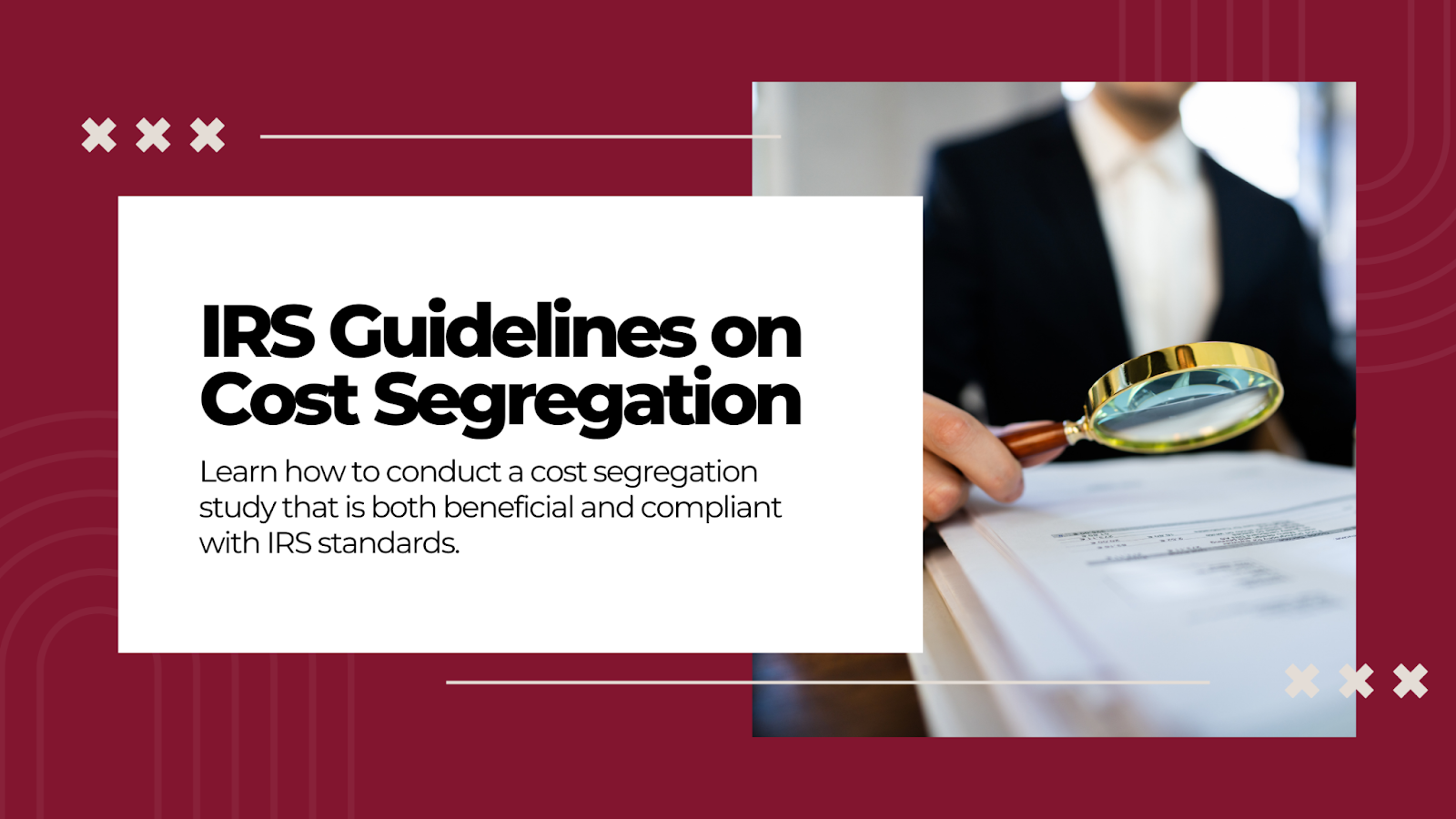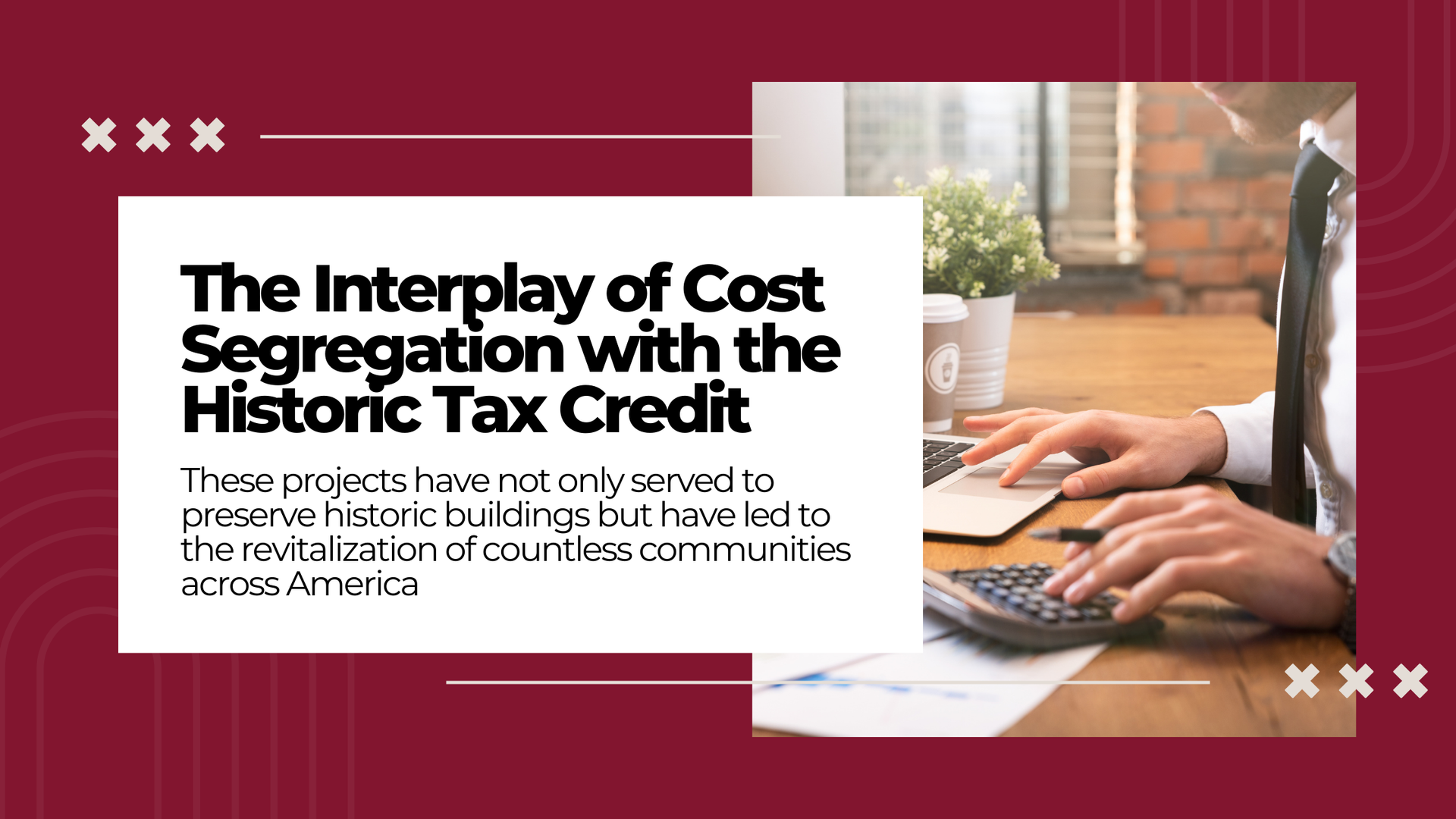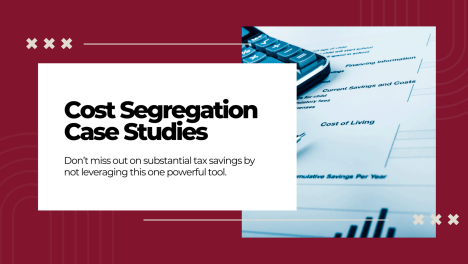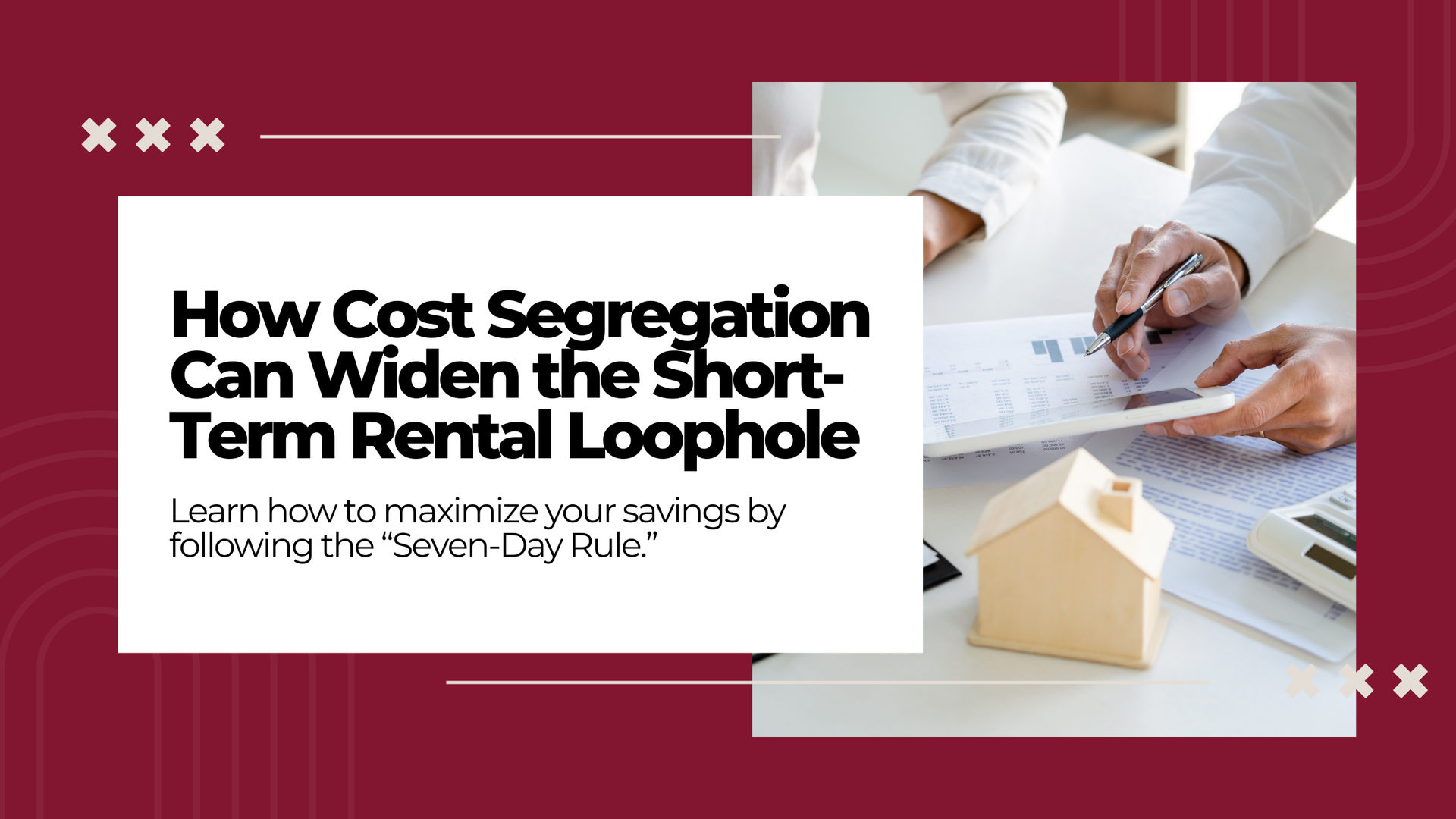ASCSP Blog
Authors: Alex Bagne, JD, CPA, MBA, CCSP, President – ICS Tax, LLC David Ontaneda, CCSP, Director of Cost Segregation Services – ICS Tax, LLC The IRS Large Business and International (LB&I) division has released updated Practice Units titled "Identifying a Taxpayer Electing a Partial Disposition of a Building" and "Examining a Taxpayer Electing a Partial Disposition of a Building." These resources aim to guide IRS examiners in recognizing and assessing instances where taxpayers elect a partial disposition of a building or its structural components. While these Practice Units serve as valuable tools for understanding tax concepts and specific transactions, they are not official pronouncements of law and should not be cited as such. Understanding Partial Disposition A partial disposition occurs when a taxpayer disposes of a portion of an asset rather than the entire asset. This can happen during renovations or improvements when parts of the building are replaced or retired. For example, a taxpayer upgrading to energy-efficient LED lighting, installing a new HVAC system, replacing an aging roof, or demolishing old tenant improvements can elect a partial disposition to write off the remaining value of the removed assets in the year of disposal. Electing a partial disposition allows taxpayers to recognize a loss on the disposed portion in the year the disposition occurs. This election is made by reporting the loss on a timely filed original tax return for the taxable year in which the disposition took place. No specific form or statement is required to be attached to the return. Importance in Tax Planning Electing a partial disposition offers several tax planning advantages: Accelerated Loss Recognition : Taxpayers can claim a loss on the disposed portion of the asset in the year of disposition, potentially reducing taxable income. Avoidance of Depreciation Recapture : By recognizing the disposition, taxpayers can prevent continued depreciation of the replaced component, which could lead to depreciation recapture issues upon the sale of the entire asset. Accurate Basis Tracking : It ensures that the asset's basis is adjusted to reflect the removal of the disposed component, maintaining accurate records for future depreciation and disposition calculations. Facilitating Partial Dispositions through Cost Segregation Cost segregation is a tax strategy that involves identifying and reclassifying components of a building into shorter recovery periods for depreciation purposes. A thorough cost segregation study can: Identify Specific Components : By breaking down the building into individual components, taxpayers can more easily determine which parts are being disposed of during renovations. Assign Accurate Costs : Each component is assigned a cost basis, facilitating the calculation of the adjusted basis for the disposed portion. Simplify Basis Adjustments : With detailed records from the cost segregation study, taxpayers can accurately reduce the asset's basis by the disposed portion's adjusted basis, as required by the disposition regulations. By integrating cost segregation studies into their tax planning, taxpayers can effectively manage partial dispositions, ensuring compliance with IRS regulations and optimizing tax benefits. For detailed guidance, refer to the IRS Practice Units on this topic: Identifying a Taxpayer Electing a Partial Disposition of a Building Examining a Taxpayer Electing a Partial Disposition of a Building

The Tax Cuts and Jobs Act (TCJA), signed December 22, 2017, created quite a few changes to the way we account for fixed asset expenditures. Bonus depreciation was increased and extended. Property definitions and qualifications were changed and replaced for improvement property. Section 179 expensing limitations were expanded, and Section 1031 Like-kind Exchange qualifications were limited. Other changes will require additional consideration and planning regarding fixed asset treatment for tax purposes.
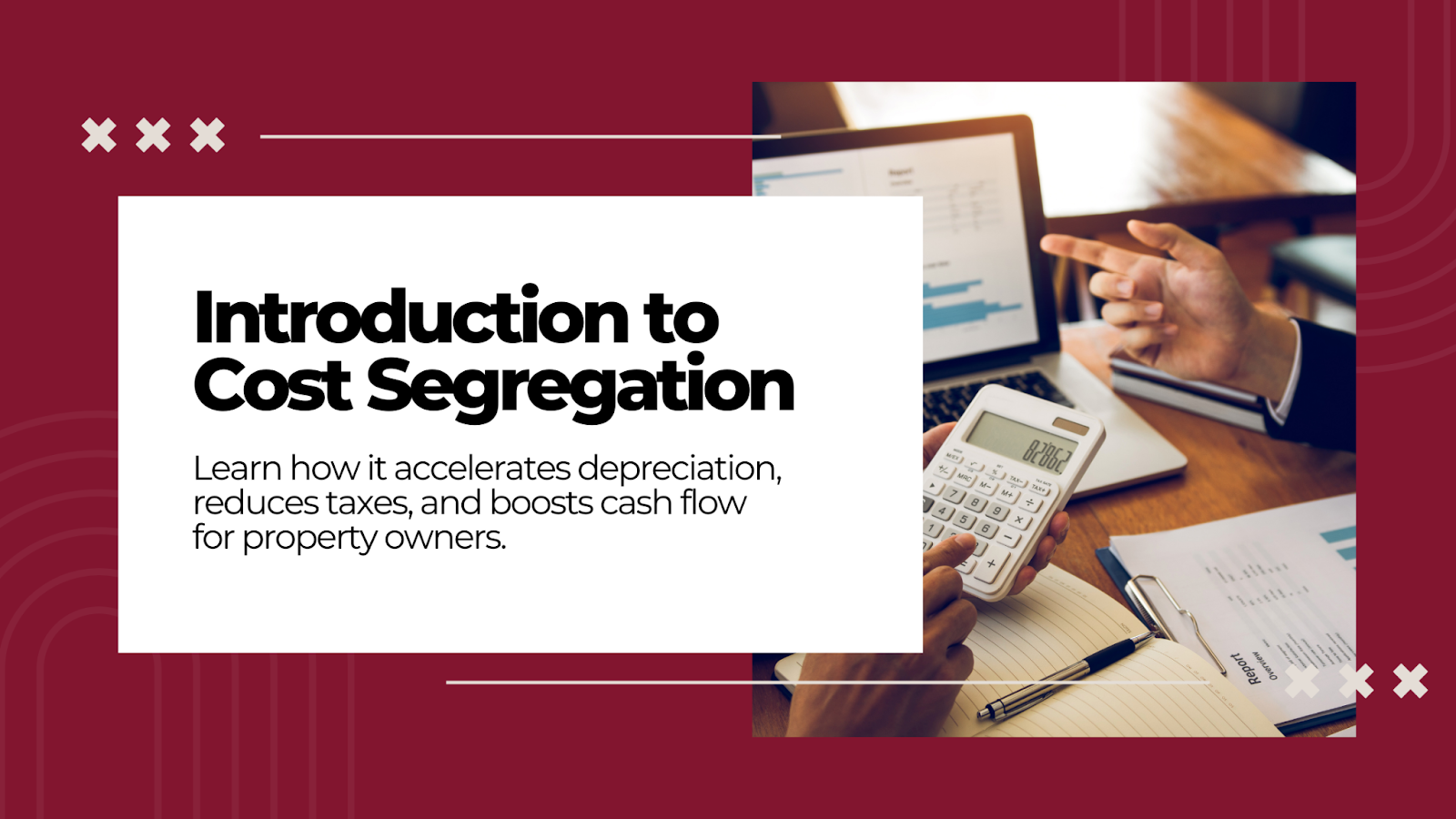
Welcome to our comprehensive guide on cost segregation, a strategic tax planning tool that can significantly enhance cash flow for property owners and real estate investors. This introduction will explore what cost segregation is, explain its importance, and preview what you will learn from this blog


